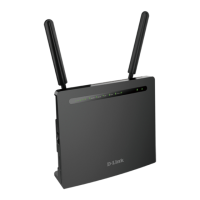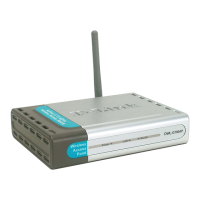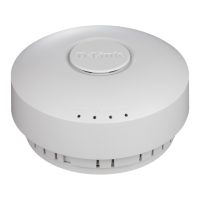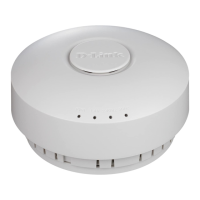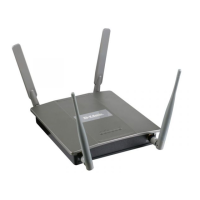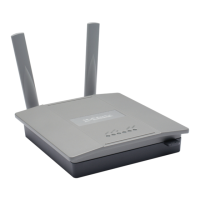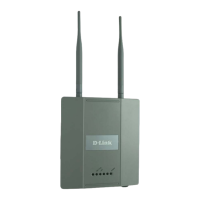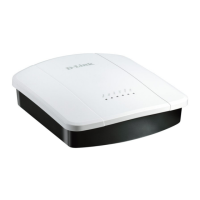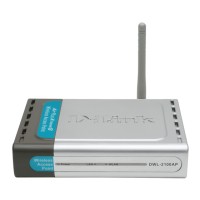30 © 2001- 2008 D-Link Corporation/D-Link Systems, Inc. All Rights Reserved.
D-Link Unified Access System CLI Command Reference
The port identifies the specific physical port or logical interface being managed on a given
slot.
NOTE: In the CLI, loopback and tunnel interfaces do not use the slot/port format. To
specify a loopback interface, you use the loopback ID. To specify a tunnel
interface, you use the tunnel ID.
Using the “No” Form of a Command
The no keyword is a specific form of an existing command and does not represent a new or
distinct command. Almost every configuration command has a
no form. In general, use the no
form to reverse the action of a command or reset a value back to the default. For example, the
no shutdown configuration command reverses the shutdown of an interface. Use the
command without the keyword
no to re-enable a disabled feature or to enable a feature that is
disabled by default. Only the configuration commands are available in the
no form.
Command Modes
The CLI groups commands into modes according to the command function. Each of the
command modes supports specific D-Link Unified Wired/Wireless Access System software
commands. The commands in one mode are not available until you switch to that particular
mode, with the exception of the User EXEC mode commands. You can execute the User
EXEC mode commands in the Privileged EXEC mode.
The command prompt changes in each command mode to help you identify the current mode.
Table 5 describes the command modes and the prompts visible in that mode.
Table 4. Type of Ports
Port Type Description
Physical Ports The physical ports for each slot are numbered sequentially start-
ing from zero.
Logical Interfaces Port-channel or Link Aggregation Group (LAG) interfaces are
logical interfaces that are only used for bridging functions.
VLAN routing interfaces are only used for routing functions.
Loopback interfaces are logical interfaces that are always up.
Tunnel interfaces are logical point-to-point links that carry encap-
sulated packets.
CPU ports CPU ports are handled by the driver as one or more physical enti-
ties located on physical slots.

